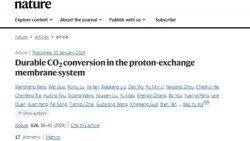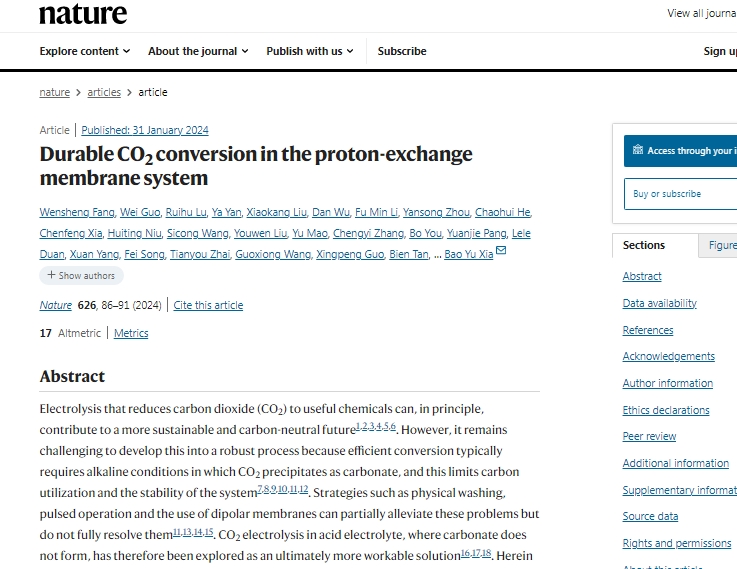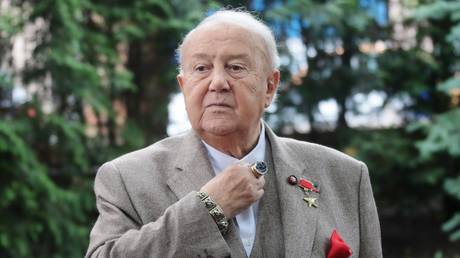Scientists develop membrane that converts CO2 to useful chemical
A team of Chinese and New Zealand researchers has developed a type of membrane that can work for more than 5,000 hours to efficiently convert carbon dioxide into formic acid, a useful liquid chemical.


A team of Chinese and New Zealand researchers has developed a type of membrane that can work for more than 5,000 hours to efficiently convert carbon dioxide into formic acid, a useful liquid chemical.
Researchers from Huazhong University of Science and Technology, University of Science and Technology of China and the University of Auckland designed the proton-exchange membrane system.
This durable carbon dioxide conversion is made possible by a catalyst derived from waste lead-acid batteries, according to the study published on Wednesday in the journal Nature.
The system's conversion efficiency exceeds 90 percent, and its feasibility for industrial application has been validated on a preliminary basis, according to the researchers.
Electrolysis that converts carbon dioxide to useful chemicals can contribute to a more sustainable and carbon-neutral future.
China aims to peak carbon dioxide emissions by 2030 and achieve carbon neutrality by 2060.
Discover more Science and Technology news updates in TROIB Sci-Tech












